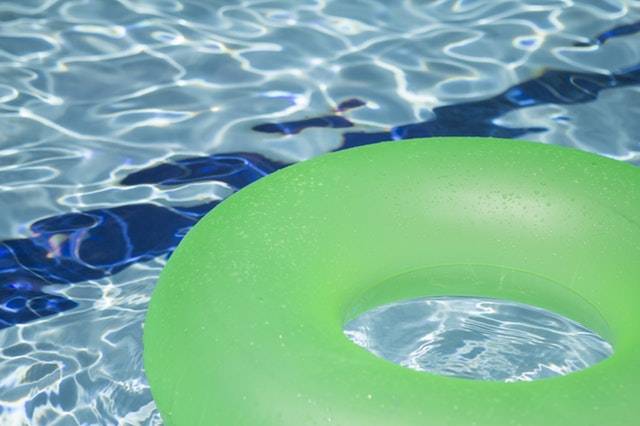Greetings,
I am a new owner of a beautiful pool in Arizona for about a year. The first year I had somebody take care of the pool. Then I took over. Just adding chlorine tables, weekly shocks and backwash. Things looked okay until I took a month long vacation. When I was back I found the pool green with algae. I tried brushing, shocking, and backwashing frequently to no avail.
Searching on the internet, found Trouble Free Pools and immediately ordered my TF-Pro kit. It just arrived. Please see attached my test results.
There is no chlorine left. PH is very high. CYA seems to be at 90. TA is undetermined because after adding 10 drops I saw hardly any change in color from green to red.
A couple of days ago, I did add 1 gallon of 14.5% muriatic acid. Not sure what effect it had.
Please advise. Many thanks in advance.
I am a new owner of a beautiful pool in Arizona for about a year. The first year I had somebody take care of the pool. Then I took over. Just adding chlorine tables, weekly shocks and backwash. Things looked okay until I took a month long vacation. When I was back I found the pool green with algae. I tried brushing, shocking, and backwashing frequently to no avail.
Searching on the internet, found Trouble Free Pools and immediately ordered my TF-Pro kit. It just arrived. Please see attached my test results.
There is no chlorine left. PH is very high. CYA seems to be at 90. TA is undetermined because after adding 10 drops I saw hardly any change in color from green to red.
A couple of days ago, I did add 1 gallon of 14.5% muriatic acid. Not sure what effect it had.
Please advise. Many thanks in advance.






